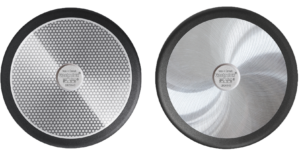Gastrolux products are produced in Ryomgaard in Denmark.
Our, to 100% recycled Aluminium comes only from Scandinavia and our coating and handles are produced in Germany.
We also coat ourselves in our factory in Ryomgaard, Denmark, which helps us keep the costs and the quality under our control.




